
| June | July | August | September | October | |||||||||||||||||||||||||||||||||||||||||||||||||||||||||||||||||||||||||||||||||||||||||||||||||||||||||||||||||||||||||||||||||||
|
Sun
21
|
Sun
28
|
Sun
5
|
Sun
12
|
Sun
19
|
Sun
26
|
Sun
9
|
Sun
16
|
Sun
23
|
Sun
30
|
Sun
6
|
Mon
7
|
Sun
13
|
Mon
14
|
Sun
20
|
Mon
21
|
Sun
27
|
Mon
28
|
||||||||||||||||||||||||||||||||||||||||||||||||||||||||||||||||||||||||||||||||||||||||||||||||||||||||||||||||||||||
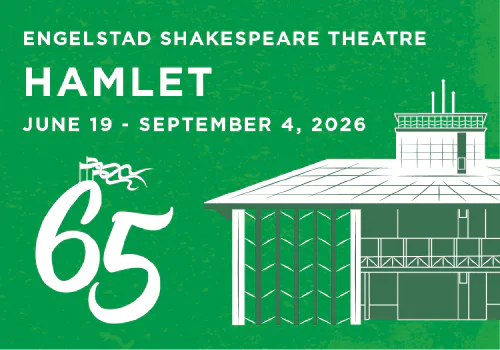
June 19 - September 4, 2026
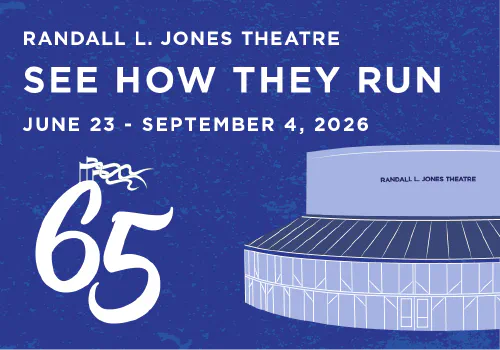
June 23 - September 4, 2026
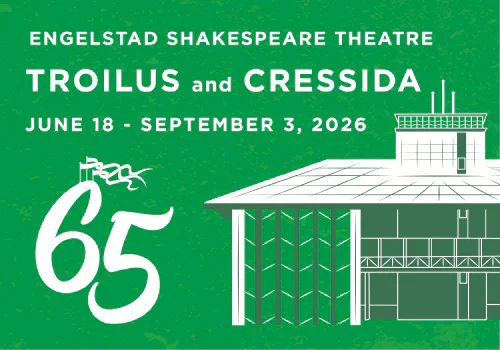
June 18 - September 3, 2026

July 13 - October 3, 2026

July 14 - October 3, 2026
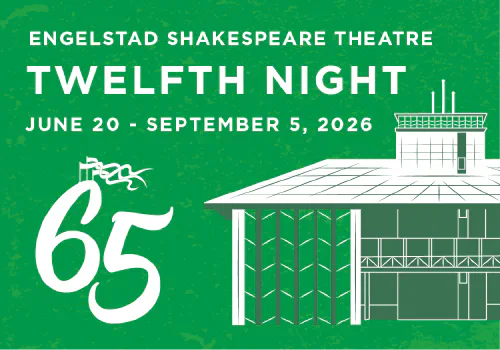
June 20 - September 5, 2026
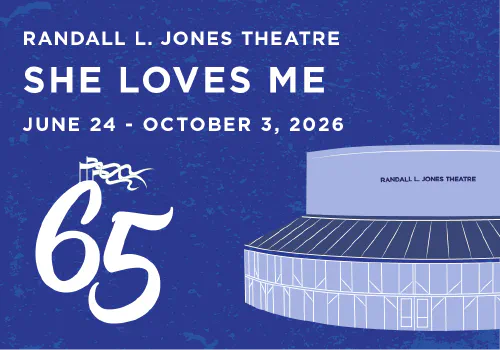
June 24 - October 3, 2026
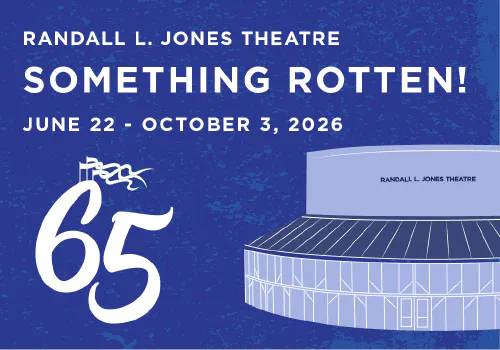
June 22 - October 3, 2026
Students will demonstrate their ability to analyze the character of Hamlet by exploring how he behaves and acts in his relationships.
Students will demonstrate their analysis ability by examining and debating how Hamlet’s circumstances drive his actions and reactions.
Students will demonstrate their ability to analyze subtext and relationship in Hamlet by using textual clues and imagination to explore a relationship outside the scope of action.
Students will analyze character motivation in Hamlet and use textual clues to determine Hamlet’s state of mind.
Students will explore the idea of tragedy in the context of the end of Hamlet.
Students will choreograph and perform a stage combat movement-based piece while demonstrating safe practice of partnered movement. Students will explore physical movement combined with performative text.
Students will discover their authentic playful self (the clown) and their unique relationship to the comic world. Through physical exercises, students will investigate their personal generator of fun and creativity culminating in a clown performance of an improvised 60-second song.
Students will utilize gibberish and physical gesture to explore vocal and physical choices for performance of a Shakespeare scene.
Students will identify figurative language, create group movement performance pieces from Shakespeare’s text, and create their own figurative language performance pieces.
Students will identify specific stake-raising language and utilize it to inform performance choices in scenes from Shakespeare.
Students will read, interpret, make choices, block and perform a scene from Shakespeare’s play Macbeth. Students will observe their scenes connection in context to other scenes from Macbeth.
Students will identify and utilize punctuation to frame and amplify phrasing in a Shakespeare text.
Students will explore and identify technical designers’ roles and the design elements they use to create theatre.
Students will be able to design, construct, and plan, a Greek Mask based on research.
The students will learn and apply practices to working safely and avoiding hazards in the theatre by following classroom and emergency procedures, practicing safety in the workplace, identifying potential causes for accidents in the workplace, and properly replacing, repairing, or securing potential cause for an accident.
Students will be able to design, construct, and plan, a Hand Puppet based on research.
Students will be able to diagram and identify the parts of a proscenium stage and the areas of a stage.
Technical Theatre students will learn to construct, produce, and solve construction skills while building a scale pallet.
Students will learn about concepts for a stage production and research a time period and location to create a concept for a production of Romeo and Juliet.
Students will learn about thumbnails and scenic renderings. They will create their own set designs inspired by the concepts they have chosen in Scenic Design – Lesson One.
Students will learn how scenic models are used to display their ideas for their theatre set. They will also learn to identify various aspects of a theatre space.
Students will learn about stage flats and get a chance to build one for themselves.
Students will be introduced to the concepts of color and recognize the basics of scenic painting, including: what is color, what is paint, the tools of the trade, and how to paint.
Students will create Foley sounds to match a film clip. Students will then create a thirty-second sound storm utilizing household objects, sound files and record a track on audacity. Students will identify and utilize sound FX websites, audio editing software, live playback software and other sound resources.
Students will gain an understanding of the responsibilities of a Stage Manager by learning some of their duties and creating a rehearsal report.
Students will learn what a prompt book and calling script are and how the Stage Manager uses them to run a performance.
Students will understand the use of texture for the stage and be able to apply the concept in creating their own examples.
Students will create props or scenic decoration using patterns, decorations, and textures according to their artistic ability and vision.
Students will demonstrate the ability to use highlight and shadow to bring depth, interest, and realism to faux texture items.
Students will survey and identify the six performance theatre spaces: Proscenium Stage, Thrust Stage, Arena Stage, Created or Found Space, All purpose or “Black Box,” and Traverse.